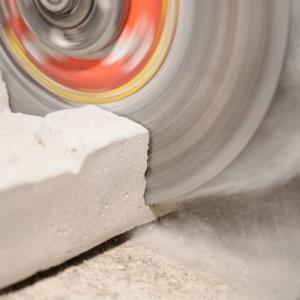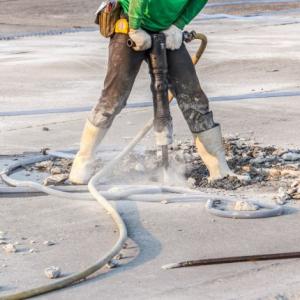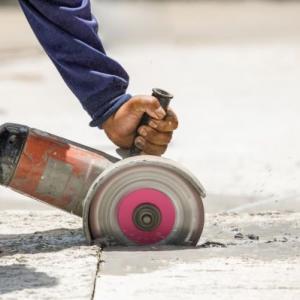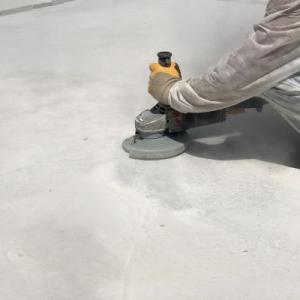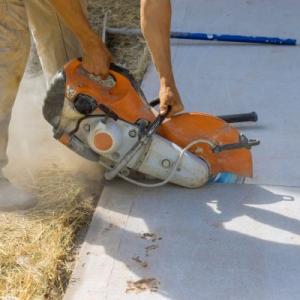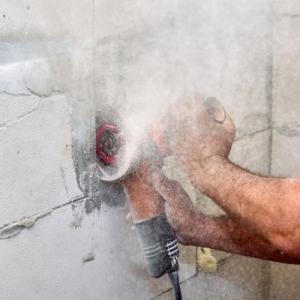Concrete Demolition: Jacksonville
Concrete Demolition in Jacksonville
Get help with Concrete Demolition in Jacksonville. Fill out the form above and we will connect you with local Jacksonville pros. Concrete demolition offers numerous advantages for any construction project. First and foremost, it allows for the efficient removal of unwanted or damaged concrete structures, creating a clean slate for new construction or renovation. This process also promotes safety by eliminating potential hazards, such as unstable or deteriorating concrete. Additionally, concrete demolition enables the recycling and repurposing of materials, contributing to a more sustainable and eco-friendly approach to construction. With professional concrete demolition services, you can ensure a smooth and effective process that meets your project's specific requirements.Concrete Demolition FAQ
Q: How Long Does Concrete Demolition Typically Take?
Answer: The duration of concrete demolition can vary depending on factors such as the size of the area, the thickness of the concrete, the equipment used, and the experience of the workers. However, for a typical concrete demolition project, it may take anywhere from a few hours to a few days.Q: What Are The Potential Risks Or Hazards Associated With Concrete Demolition?
Answer: The potential risks or hazards associated with concrete demolition include: 1. Flying debris: Concrete fragments can become airborne during the demolition process, posing a risk of injury to workers and bystanders. 2. Dust and silica exposure: Demolishing concrete generates a significant amount of dust, which can contain harmful substances such as silica. Prolonged exposure to dust and silica can lead to respiratory issues and other health problems. 3. Noise pollution: Concrete demolition involves the use of heavy machinery and equipment, resulting in high noise levels that can cause hearing damage if proper precautions are not taken. 4. Structural instability: Demolishing concrete structures can weaken adjacent structures, leading to potential collapses or accidents if not properly supported or managed. 5. Chemical hazards: Some concrete structures may contain hazardous materials such as lead-based paint or asbestos, which require special handling and disposal procedures to prevent exposure. 6. Equipment-related accidents: Operating heavy machinery and tools during concrete demolition poses risks of accidents, such as falls, entanglement, or crush injuries if safety protocols are not followed. To minimize these risks, it is crucial to have a well-planned demolition strategy, use appropriate personal protective equipment (PPE), employ trained and experienced workers, and adhere to safety regulations and guidelines.Q: Are There Any Environmentallyfriendly Methods For Concrete Demolition?
Answer: Yes, there are environmentally-friendly methods for concrete demolition. Some of these methods include using hydraulic breakers with low vibration and noise levels, employing diamond wire saws or robotic hammers that minimize dust and debris, and utilizing specialized crushing equipment to recycle the demolished concrete for use in new construction projects. These methods help reduce environmental impact by minimizing air and noise pollution, conserving resources, and promoting sustainable construction practices.Q: Can Concrete Demolition Be Done On Different Types Of Surfaces Such As Walls Or Floors?
Answer: Yes, concrete demolition can be done on different types of surfaces such as walls or floors.Concrete demolition is the process of breaking down and removing concrete structures, such as walls, floors, or pavements. It is typically carried out using heavy machinery, such as excavators, jackhammers, or hydraulic breakers. Concrete demolition is necessary in various situations, including renovations, construction projects, or when structures become unsafe or obsolete. This process requires skilled professionals who have experience in handling the equipment and following safety protocols. Concrete demolition can be a challenging and labor-intensive task, but it is essential for clearing space or preparing for new construction.


